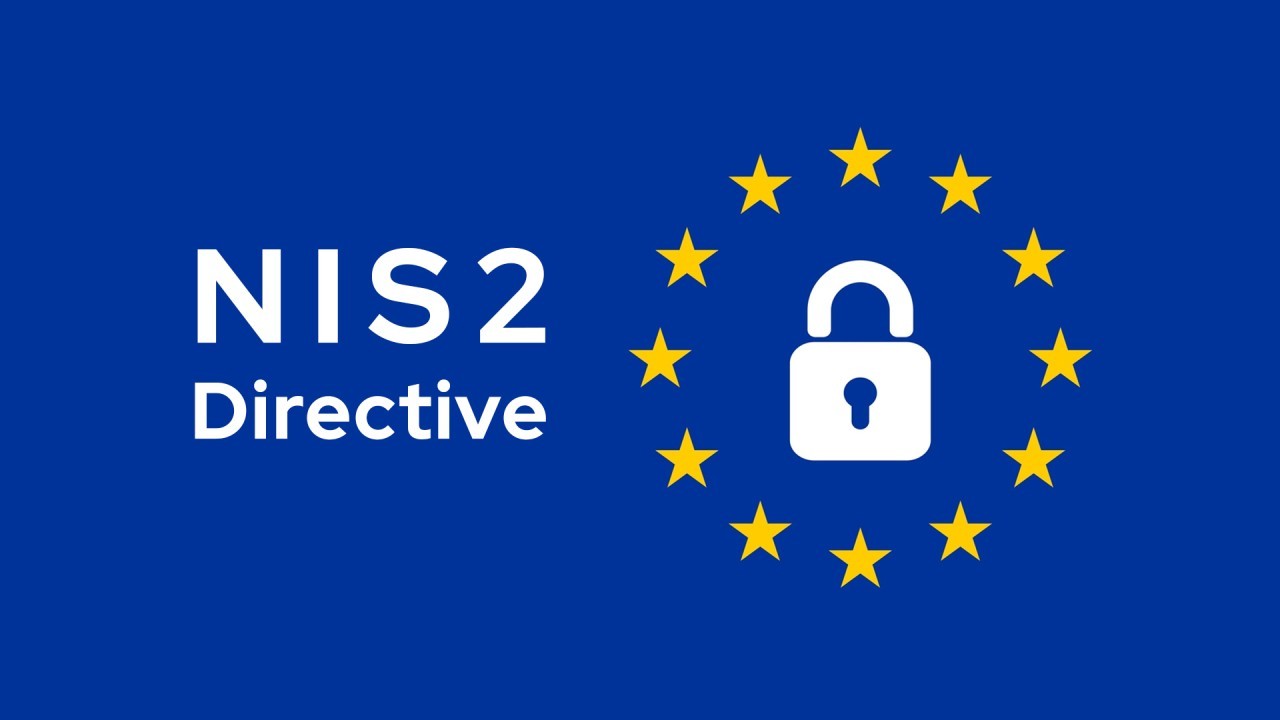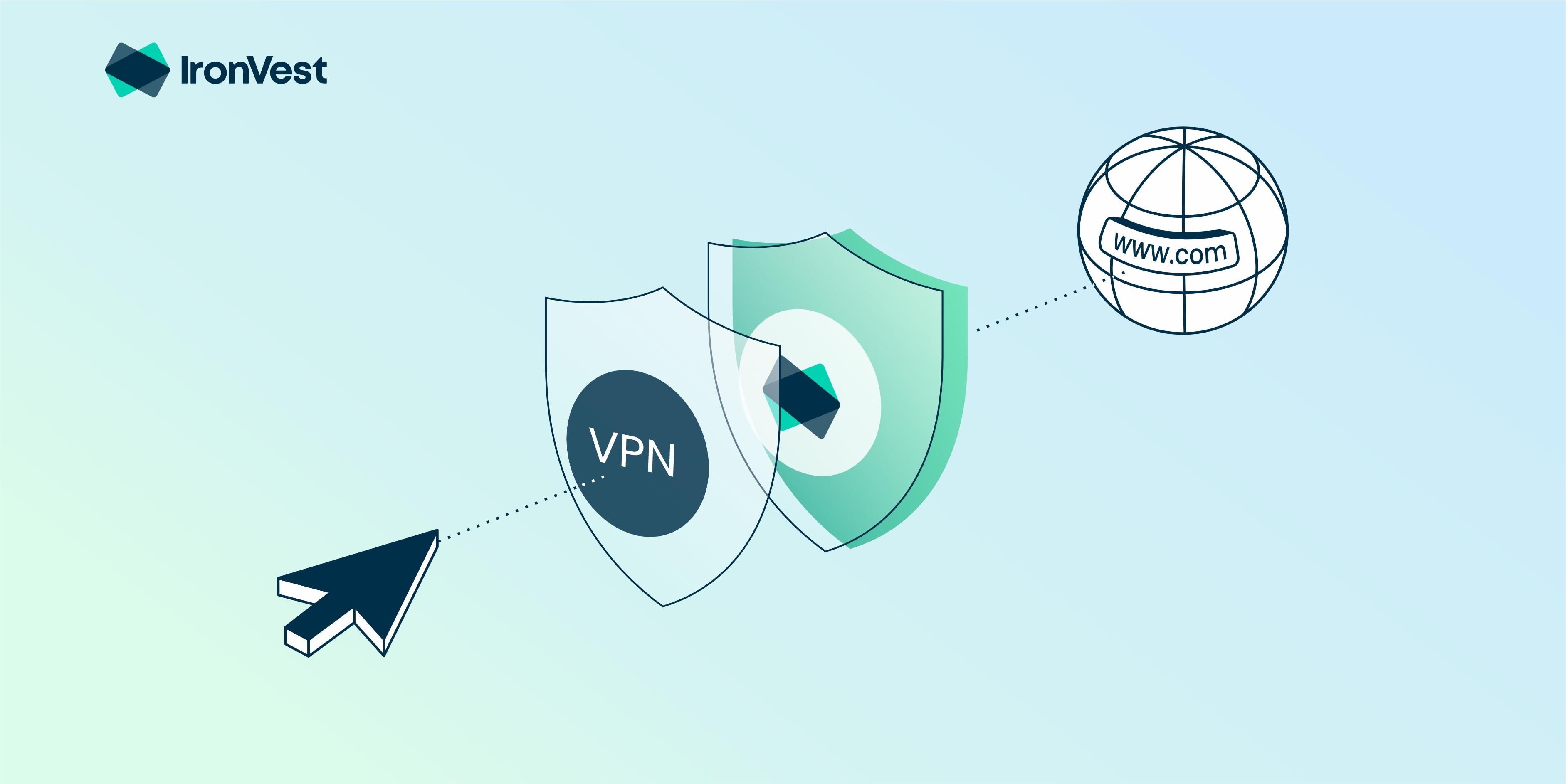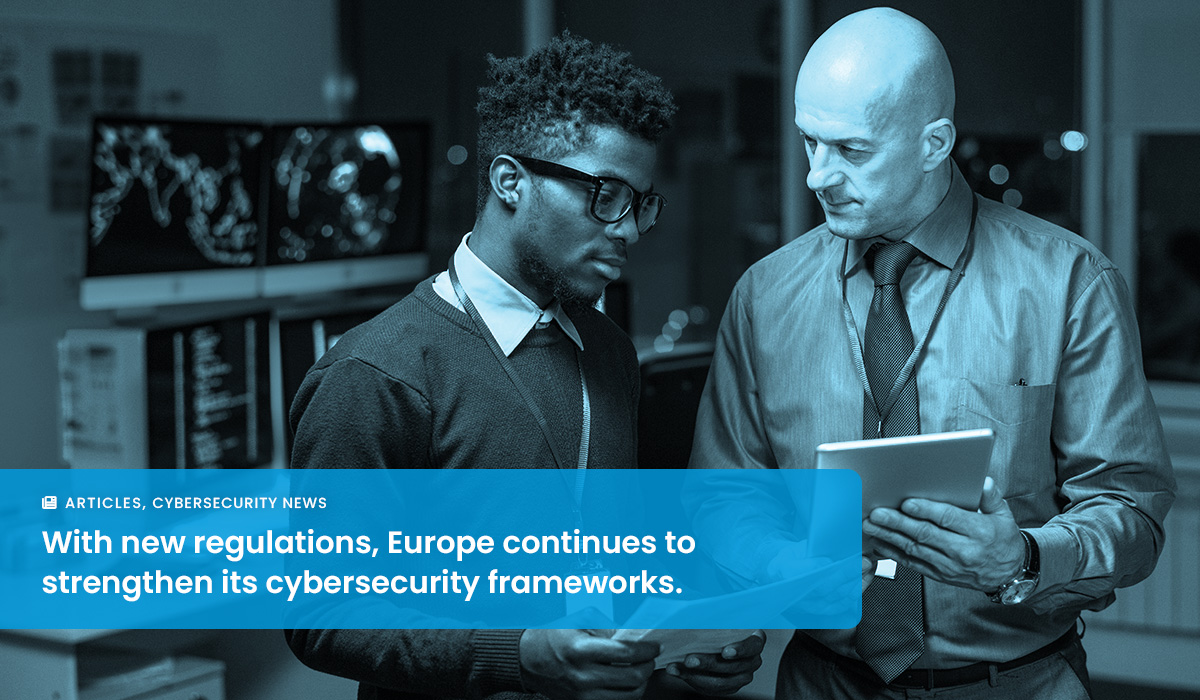
Strengthening Cybersecurity: Your Path to NIS-2 Compliance
In a digital age marked by rising cyber threats, the European Union has introduced the NIS-2 directive, a vital step toward bolstering the cybersecurity landscape within the EU. The directive presents ten essential steps that organizations must follow to achieve compliance and enhance their resilience against cyber incidents.
Step 3: Training Leadership on Cyber Risks
One of the cornerstones of NIS-2 compliance is empowering the executive team with knowledge about cyber risks and security management. Cyber threats can wreak havoc on organizations, leading to significant financial and reputational damage. Therefore, it is crucial for leadership to be well-versed in the potential risks and the strategies to mitigate them. Effective training programs can bridge the gap in understanding and prepare executives to take informed actions in the event of an incident.
“Cybersecurity and cyber risk management must become a top priority for executives, as their awareness is critical for the organization’s overall defense strategy.”
Step 4: Communicating the Security Strategy
Once leadership is educated on the implications of cyber risks, it is essential for companies to develop and communicate their security strategy comprehensively. All executives should be kept in the loop to foster a collaborative atmosphere for implementing these measures. A well-documented security strategy will not only clarify roles but also create a unified front against potential threats.

Step 5: Analyzing Business Processes and IT Risks
Analyzing and understanding the risks associated with business processes and IT systems is fundamental to maintaining security. Organizations need to identify critical business operations and their dependencies to ensure that all vulnerabilities are addressed. By pinpointing these risks, businesses can prioritize their mitigation efforts and allocate resources effectively.
Incorporating risk assessment tools and frameworks such as ITIL can be instrumental in this analysis. Organizations that perform regular risk assessments are better equipped to adapt and respond to evolving threats in the cyber landscape.
Preparing for the Future
NIS-2 compliance is not merely a regulatory checkbox; it represents a fundamental commitment to securing digital environments. As companies embark on this journey, they need to keep in mind the ever-changing nature of cyber threats. Continuous training, strategic communication, and rigorous risk assessments will set the foundation for a robust cybersecurity strategy.
Subscribe to our newsletter for daily updates on essential IT security information and the latest developments in cybersecurity. Stay informed, stay secure.
Building a cybersecurity strategy
As we move forward, initiatives like the NIS-2 directive will be crucial in shaping a more secure and resilient digital economy. By taking these proactive steps, organizations can safeguard themselves against increasing cyber threats and ensure compliance with evolving regulations.















